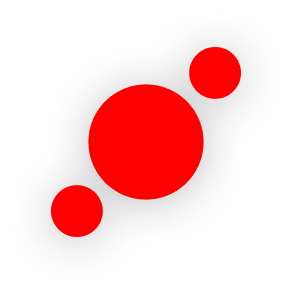How to get the most out of your Calorify test
In addition to following our instruction video, here are a few more tips and tricks to get the most out of your Calorify test!
Avoid major travel - this is in the instruction video, but it doesn’t hurt to reiterate. Because water signatures vary from location to location, travel during the test makes it seem like your body is operating differently than it actually is. We encourage you to spend your test week as normally as possible. Go to work and train like usual–all of which will help us get the most accurate snapshot of your burn.
Hydrate like normal - don't over or under hydrate before or during testing as it can skew some of the body composition measurements. So if, for example, you had a few too many drinks or completed an ultramarathon the day before you planned to start testing, consider pushing your start date back a day or two in order to get your hydration back on track.
Use a digital scale - the more accurate and frequent your weigh-ins, the more accurate your calories eaten data will be. Try to weigh in at the same time each day, first thing in the morning, using the same scale throughout your testing period. Remember: the more weigh-ins, the better! Use the reverse side of your sample card to record this data.
Collect samples A & C first thing in the morning - related to normal hydration, the ‘best practice’ of the Calorify method is to take your first and last samples on an empty stomach before eating breakfast to ensure your weight accurately reflects your body mass (and not your morning coffee or toast).
Refill your bottle and drink it again - this ensures that you ingest every last drop of the doubly labeled water prepared for you.
Pee between samples A & B - this ensures that you completely void any pre-dose urine from your bladder.
Additionally, for PRO kits:
Provide your average macros from your testing period - proteins, carbs, and fats are all digested differently and require more or less energy to be digested. For example, a high protein diet takes more energy to digest, and will therefore be a larger portion of how your body uses energy compared to someone eating a high fat diet, which takes less energy to digest. (If you don’t track you macros, no worries - we’ll just assume you eat a standard Western diet.)
Provide your daily exercise data from your testing period - from the power meter on your bike, a wearable, etc., all additional data helps us paint a more complete picture of your metabolism.
(See the instruction card in your kit for details on uploading these data points)
By following these simple steps, you can help us provide you with the most accurate and actionable data possible.


